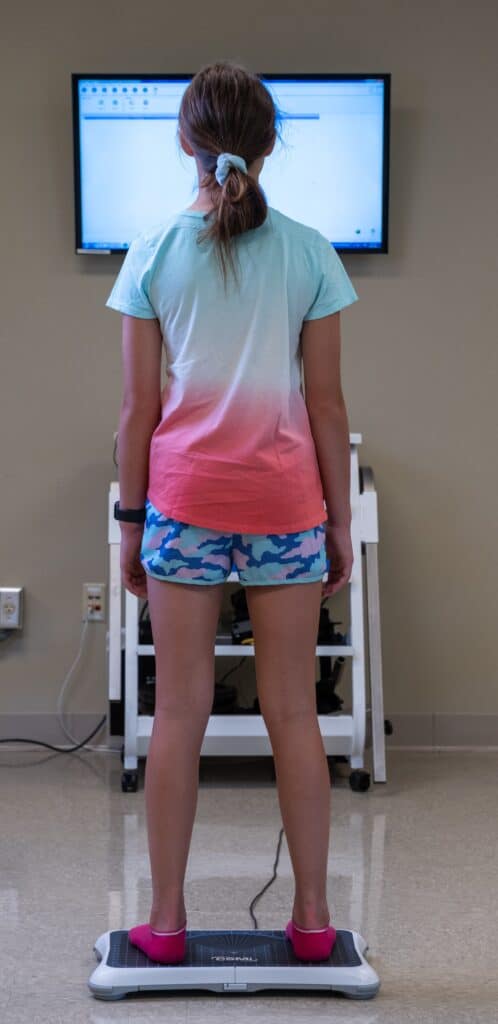Balance is essential for children to develop motor skills, prevent falls, and effectively perform various daily activities. However, what influences balance in children is not well understood. To explore this, researchers at the ACNC measured balance, body composition, physical fitness, and daily physical activity in 219 school-aged children (ages 7-11). Balance was evaluated using a force platform while standing upright under different sensory conditions. Investigators found that stronger leg muscles and better cardiovascular fitness were associated with better balance – while higher body weight, larger waist circumference, and more body fat were linked to poorer balance. Importantly, negative effects of higher body weight and body fat on balance could be mitigated by higher levels of physical fitness and physical activity. These findings highlight the importance of physical fitness and physical activity in improving children’s balance. This research supports that exercise programs focusing on weight management, muscle strength, and cardiovascular fitness could be key strategies in helping children develop better balance.
Check out the original research article here

